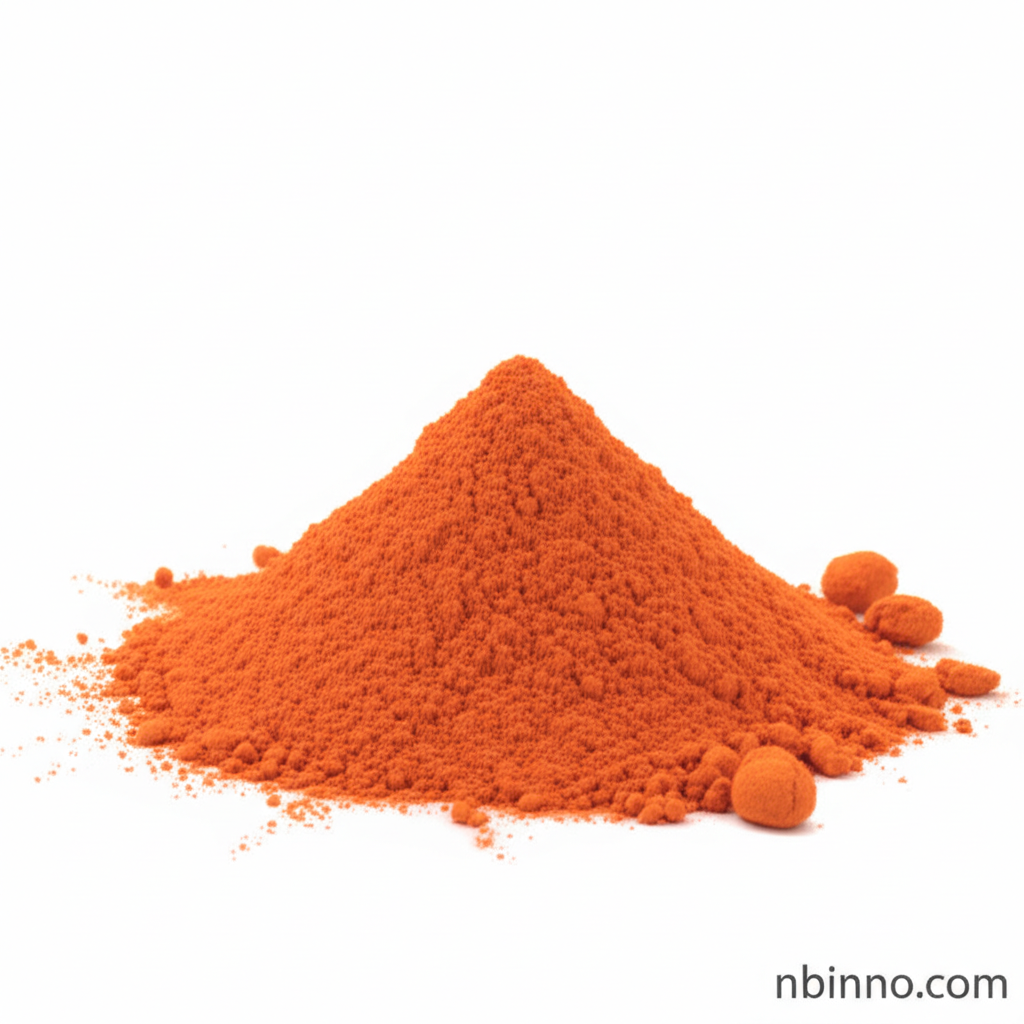Fluorescein (CAS 2321-07-5): Properties, Applications, and Role as a Chemical Intermediate
Discover the versatile applications and essential chemical properties of Fluorescein, a key compound in scientific analysis.
Get a Quote & SampleProduct Core Value

Fluorescein
Fluorescein, identified by CAS number 2321-07-5, is a crucial chemical compound noted for its distinct red to orange powder appearance. With a molecular formula of C20H12O5 and a molecular weight of 332.31, it possesses a high melting point of 320 °C. Its utility spans across various scientific domains due to its unique chemical characteristics.
- As a Fluorescein Chemical Intermediate: It serves as a vital building block in the synthesis of other compounds, notably mercury bromide, showcasing its importance in chemical manufacturing pathways.
- Fluorescein Photometric Analysis Reagent: This compound is instrumental in fluorescence photometric analysis, enabling the precise determination of ions such as chlorine, bromine, iodine, and sulfide.
- Fluorescein Biological Stain: Widely recognized for its fluorescent properties, Fluorescein is effectively employed as a biological stain, aiding researchers in visualizing cellular structures and processes under microscopy.
- Understanding Fluorescein CAS 2321-07-5 Properties: Its solubility profile, being soluble in ethanol, methanol, acetone, ethyl acetate, and N,N-dimethylformamide while insoluble in water, ether, benzene, and chloroform, dictates its practical applications and handling procedures.
Product Advantages
Versatile Analytical Applications
Leveraging its capabilities as a fluorescein photometric analysis reagent, this compound allows for highly sensitive detection and quantification of various ions, significantly enhancing analytical accuracy in laboratory settings.
Essential in Biological Research
As a potent fluorescein biological stain, it offers unparalleled visibility for cellular components, making it indispensable for microscopic studies and advancing our understanding of biological systems.
Key Chemical Synthesis Component
Its role as a fluorescein chemical intermediate underscores its value in chemical synthesis, providing a foundation for the creation of more complex molecules, including mercury bromide.
Key Applications
Analytical Chemistry
Fluorescein is extensively used as a fluorescein photometric analysis reagent for determining trace amounts of chlorine, bromine, iodine, and sulfide ions, proving vital for environmental monitoring and quality control.
Life Sciences
As a reliable fluorescein biological stain, it is employed in various biological studies, enabling researchers to visualize cell structures and track biological processes with high precision.
Chemical Synthesis
Its function as a fluorescein chemical intermediate is critical in the production of other chemical compounds, including mercury bromide, supporting advancements in material science and chemical manufacturing.
Indicator Chemistry
The compound also acts as an oxidation-reduction indicator reagent and an adsorption indicator, broadening its utility in titrimetric analysis and chemical reaction monitoring.
